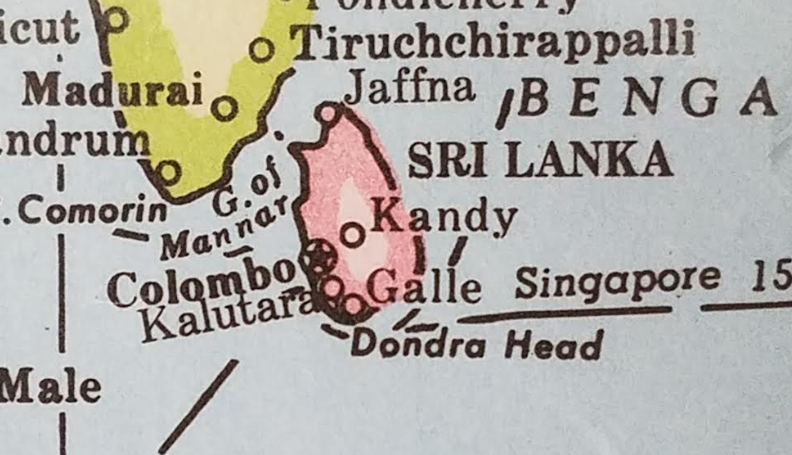Sri Lanka health officials have reported an increase in the number cases of the bacterial disease, leptospirosis during the first five months of 2018.

From Jan-May 2017, authorities reported 1,022 cases; however, for the same period in 2018, 1,525 cases were reported.
The districts seeing the most leptospirosis cases year-to-date include Kalutara, Ratnapura, Moneragala and Gampaha.
For Colombo district in the first five months of 2017, 47 cases were reported. This has been nearly doubled in 2018 with 91 cases.
The ColomboPage reports the Health Promotion Bureau (HPB) Director and Epidemiologist Dr Paba Palihawadana has warned the public to take precautions to protect themselves Leptospirosis due to the current rainy weather.
Leptospirosis is a disease caused by bacteria found in some animals, which include rats, cattle, pigs, horses and dogs. Persons can become ill if they are in contact with the urine, water, food or soil through breaks in the skin, mouth, eyes or nose. Symptoms can range from a mild, flu-like illness with high fever, chills, headache, muscle pains, red eye, sore throat and occasionally rash which may worsen with time. In the more severe phase the disease can affect the liver causing jaundice (which is dark urine and the yellowing of the white part of the eye and the skin), and anaemia. If left untreated the disease can affect organs such as the brain, kidneys, lungs, and other internal organs. In some instances, this may result in death.
Build a better website in less than an hour. Start for free at GoDaddy.
This condition can be treated effectively with antibiotics if diagnosed on time. Seeking medical care early when these symptoms are noticed can prevent the disease from worsening. Persons at greatest risk of contracting Leptospirosis are farmers and agricultural workers, sanitation workers and sewer workers. However, anyone exposed to rat contaminated water and soil is also at risk of contracting the disease.
Related:

